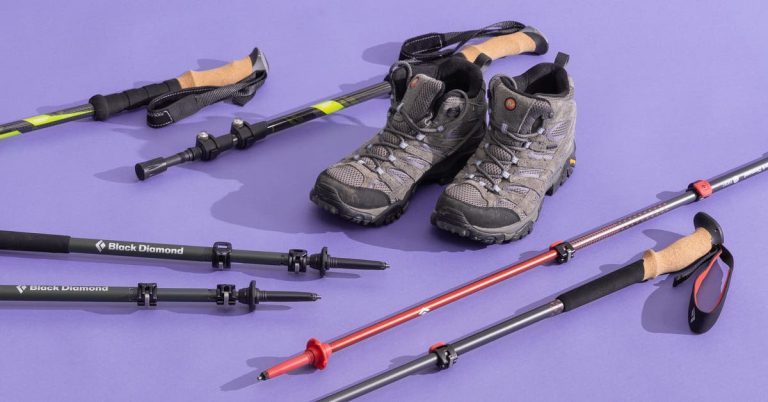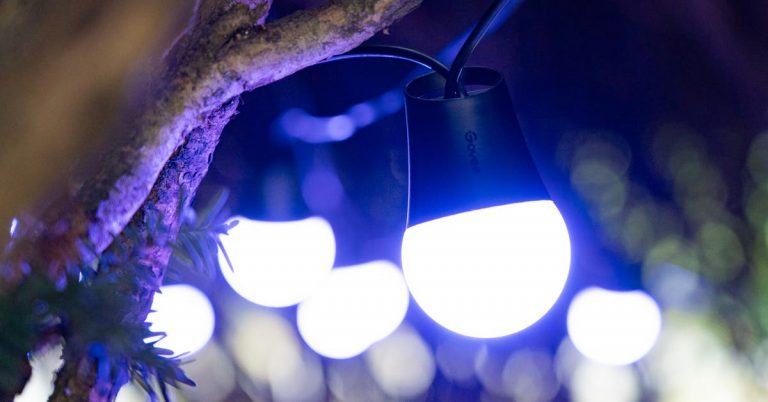Voltage Converters Don’t Always Work. Here’s What to Know.
Standard outlets in the US are 110 to 120 volts, but in Europe and many other countries, they’re 220 V to 240 V. And as our guide to the best gear for travel notes, “Putting 220 V through a US 110 V device would be like attaching a firehose to a drinking fountain — you’re likely to blow your face off.” Devices with the wrong voltage won’t work abroad, even with a travel adapter.
If you’re worried, check the voltage of your device, which is typically listed in small print on the charger itself. If the label says “100–240V 50/60Hz,” or some variation of that, it indicates a range of volts from the US standard to the European standard, and that means you can plug the device straight into a travel adapter globally without issue.
You can also look at the device itself. According to our guide to the best travel plug adapters, anything with a motor, heating element, or single power cord that leads directly from the plug to the device almost certainly won’t work with a travel adapter. Again, an exception here is if it charges via USB, which should be fine.

Voltage cheat sheet for travelers from the US
| Voltage stated on charger or device label | What you can do with it |
|
100–240V 50/60Hz (or a variation, such as 120–220V) |
Use it everywhere, with a travel adapter if needed. This item is dual-voltage and should work globally. Feel free to plug it into almost any outlet in the US or abroad, though you may need a travel adapter to do so. |
|
120V 60Hz (or a variation, such as 110–120V) |
Leave it at home. It won’t work abroad. This item is designed for the US power grid. If you’re traveling abroad, you should not plug this item into a travel adapter. Because voltage converters don’t always work, we suggest leaving this item at home. |
|
220–240V 50Hz (or a variation, such as 240V) |
Use it abroad, with a travel adapter, if needed, but not in the US. This item is designed for international use. It will work abroad in most places, but you shouldn’t plug it into a US outlet even with a travel adapter. Depending on where you purchased the item and where you’re traveling, you may need a travel adapter to plug it in. |
Note: Canada, Mexico, and several Central and South American countries have the same plug type as the US (A and B) and similar voltage, so if that’s where you’re headed, you can leave your travel adapter at home. Japan uses mostly plug-type A (two-pronged), so you may not have success with three-pronged plugs.

Even though the horror-story classic is a hair dryer, you should also check the voltage on electric-toothbrush bases, electric hair trimmers, clothing irons, curling irons, white noise machines, and any larger appliances (electric kettles, food processors).






